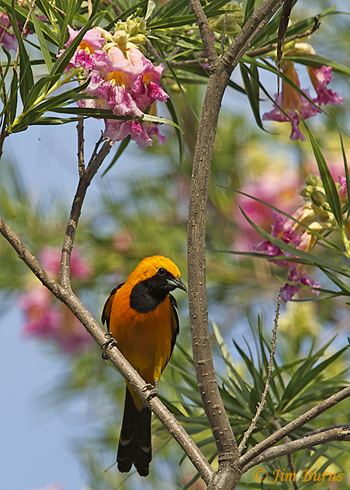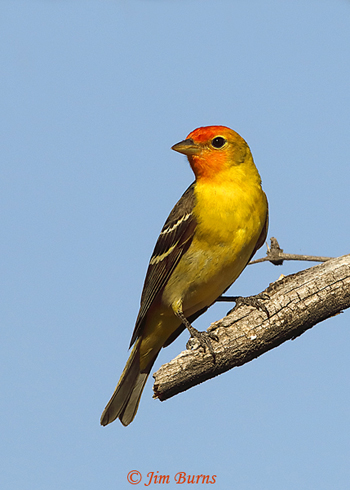Hooded Oriole male in Desert Willow |
Western Tanager male |
For all those amongst us now suffering existential angst, how many ways are there to have sex and how many plots and conspiracies can be concocted about the virus, its origins, and its outcomes? But there are upwards of 550 wild bird species one might see in Arizona without getting on an airplane or within ten feet of an asymptomatic carrier. And a quick perusal of the bird hotlines and chatrooms tells me a whole heck of a lot of people, some of whom wouldn’t know a puffin from a peregrine, are suddenly out there looking for them.
Yes, many newcomers picked up binoculars and took them to the desert just to combat social isolation fatigue, but hey, we environmentalists will take whatever the pandemic blows our way, and I guarantee some of the newbies will see a ‘spark’ bird and convert to our cause. And you know what they say about converts, their zeal often runs hotter than that of the faithful. I see it already on three different social media platforms where I lurk and sometimes post pictures.
This all couldn’t have come down at a better time, either, for attracting the curious and uninitiated. April and May are when the signature species of Arizona begin to show up, birds of color (Western Tanager, Black-headed Grosbeak), uncommon raptors (Common Black Hawk), migrants to our mountains (Red-faced and Grace’s Warblers), vagrant rarities (Common Crane, Crescent-chested Warbler), and those species quintessential to the birdwatching experience that defines the state (Elegant Trogon, Rose-throated Becard).
Additionally, many confined househusbands and wives, already bored with the Little Brown Jobs they were finally seeing and actually looking at outside their windows, began asking where all the good stuff was. Where do real birders go? One first timer on a photo sharing group asked if the Gilbert Water Ranch was closed. Told there was no way to effectively close it, he found the place and photographed a Harris’s Hawk. Now he’s a raptor aficionado waiting to happen. Another curious newcomer, spelling Boyce Thompson Arboretum like the capital of Idaho when she inquired about it, hurried out there and spotted a Hooded Oriole. “Wow!” was all she could say. Can you say spark bird?
Assuredly some of these people, post vaccination, will return to spending their weekends tailgating at State Farm Stadium or flying to Vegas to lose money. Many will still enjoy sex. A few will get back to work on that conspiracy novel about how the Republicans/Democrats paid a Wuhan lab to infect bats with a virus inadvertently developed in a stale vat of Corona beer moldering in a Mexican brewery. But I’m predicting an unprecedented number of newly minted birders will continue to fan out into Arizona’s birding hotspots, in wonderment, seeking avian wonders.
Actually Western Tanager was one of my spark birds. Almost as good, that first time, as sex and certainly way better than struggling through writing a first novel and getting it published. So, I think this new and widespread curiosity about birds, their lifestyle, and their place on our planet could lead to the next leap forward in environmental awareness, consciousness, and caring. For the planet that may prove to be worth the risk of the pandemic.
